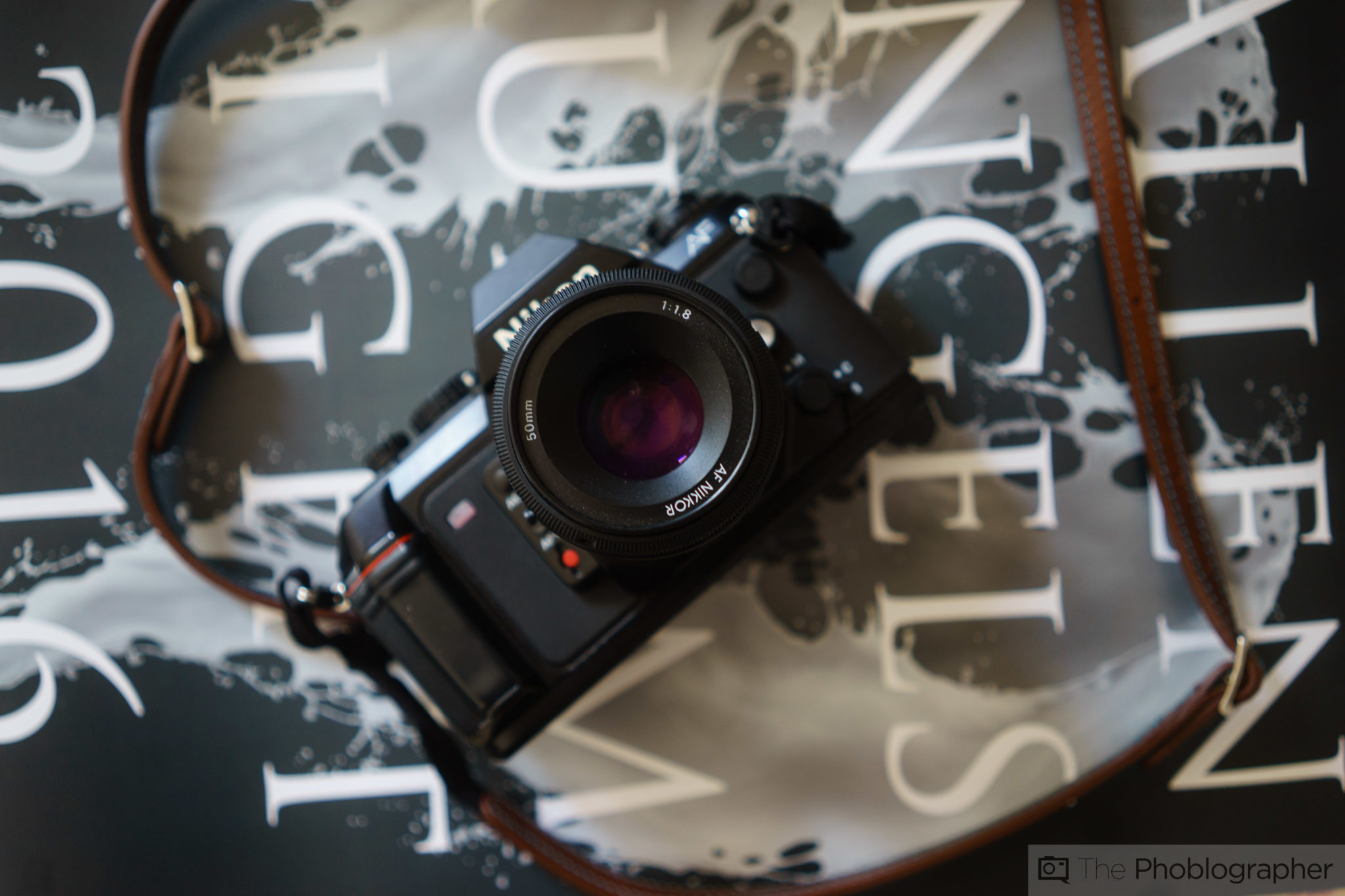Last Updated on 08/21/2018 by Mark Beckenbach
Lens sharpness these days is almost a moot point that doesn’t need to be argued about.
This is a genuinely serious question that came up as I was reviewing the Tamron 28-75mm f2.8 in comparison to the Sony G Master lens. To me, it makes no sense to complain about the color, the sharpness, etc. One can talk about the bokeh for sure as it’s bound to be different; otherwise we’re positive folks won’t be able to tell the difference between any of the 24-70mm lenses out there if they had the same depth of field. It’s stupid and I just don’t believe most can.
Now here’s the bigger point; if you’re going to edit your image’s RAW file to change the characteristics of how the image looks then you’re most likely messing with saturation, brightness, clarity, black levels, etc. It’s not going to matter what lens you’re using. An image from the Tamron can be sharpened to look as sharp as the G Master. An image shot with the G Master can have its colors saturated to look as vibrant and punchy as the Tamron. It’s a feature I’ve been thinking about as we do reviews of various lenses, cameras, etc. Everything is more or less interchangeable or variable. You can also even take profiles from one lens and apply them to another. Crazy, right?
It’s nonsensical to sit there and argue about points that genuinely don’t matter when software from Adobe and Phase One are just this powerful. Then, consider how good modern day camera sensors are. I mean, an iPhone can shoot a billboard image in a bit city!
Now, here’s a trick: take an image from two different lenses and deepen the black levels. You’ll see that the black levels in the photo help trick the eye into thinking the scene is so much sharper.
And another trick: use a flash and see what specular highlights do for your photo.


